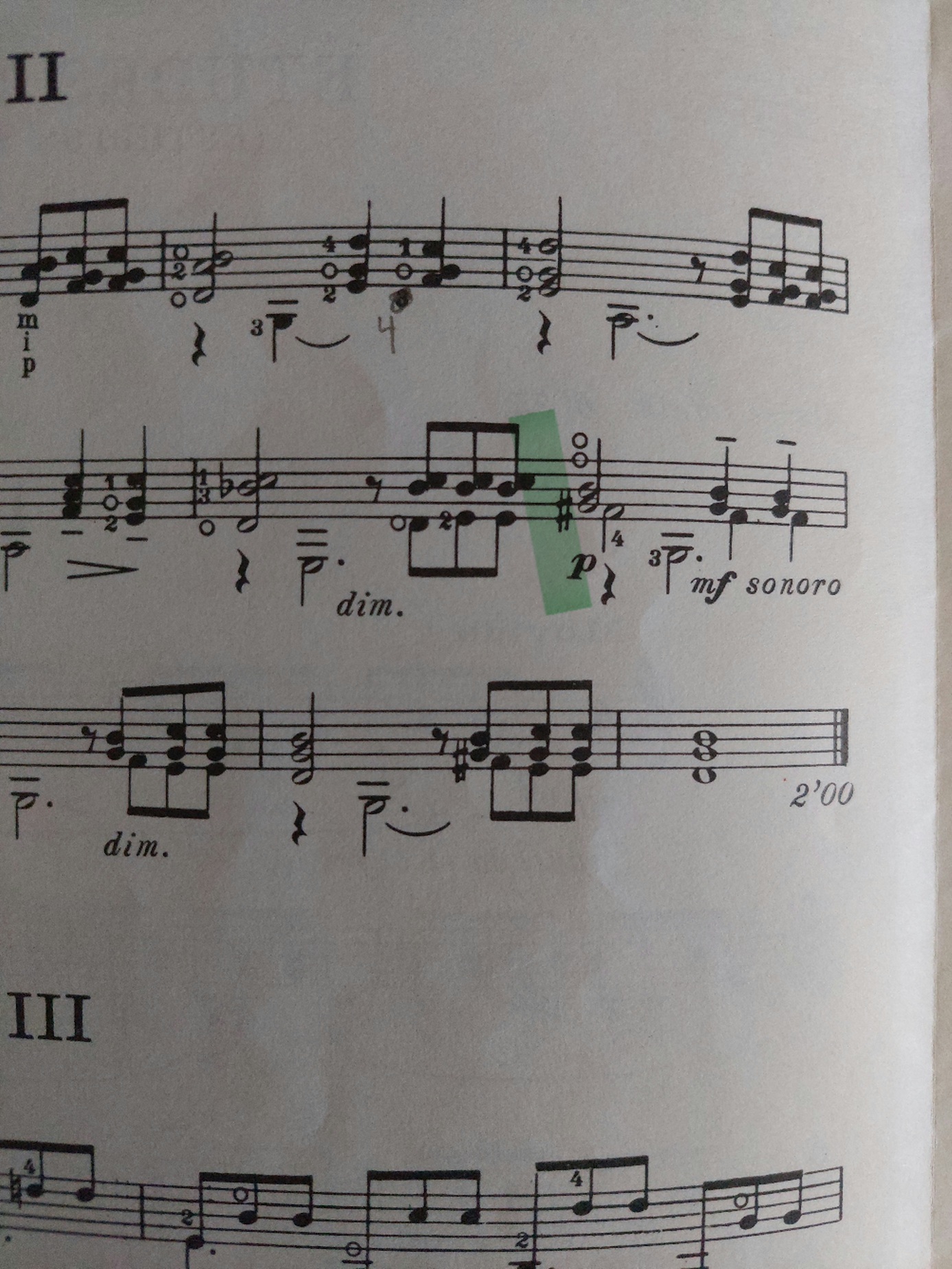Leo Brouwer's Estudios Sencillios!

Welcome to our next Study Group — a collaborative, peer-led dive into a beautiful piece of music over the course of two weeks.
This time, we’re diving into the methodical riches of Brouwer’s Estudios Sencillos 1–10!
This is not a course or a class — it’s a space for mutual exploration, discussion, and shared progress. I’ll be learning the piece alongside you (again — it’s been a while!), and I’m excited to discover new things together.
🗓️ What to expect:
Over the next two weeks, we’ll focus on:
🎯 Fingerings and technique
🎯 Methodical background
🎯 Interpretation and expressive choices
🎯 Your own questions and perspectives!
We’ll also meet for two live Zoom sessions to share progress, chat about challenges, and nerd out over all things Brouwer.
✅ How to participate:
Sign up through the Forum
Grab your score of the Estudios Sencillos
Introduce yourself below!
Join the prompts and discussion
Share your thoughts, ideas, or a clip of your playing
📅 Live Zoom Calls:
🗓️ Dates: July 28th – August 8th
📫 Sign-Up
425 replies
-
Hey Tonebuddies, as we're already on day two and the discussion about Estudio #1 seems to slowdown a bit, here's a quick take for Estudio #2 for sharing technical and interpretation ideas! In this one, like the scores says, I think about it as a choral writing and also as voices, I could easily imagine a Gregorian-like chant with men's voices. My main focus is about homogeneity and legato of sound for the upper voices, that act as a block, and a supporting bass, a little further back. Although not yet perfect, to achieve this effect I had to use the technique of "swigging freely" as opposed to planting, an amusing reference in a recent Tonebase reel! 😅Let me know your ideas!
-
Hi , and All following this interesting thread! Nice rendering, Blaise! I was following course and this estudio came up and I, as sometimes happends, diverge a little bit from some fingerings in a sort of interesting way, so i posted a video on the General Discussion part of the forum. You are welcomed to watch it if you are interested (link below)
My fingerings were motivated by my desire to keep the basses all the same duration and later on I followed my desire to eliminate the open strings in that GBE chord in the development.
I understand how these fingerings may make things a little harder but I am always under the impression that the pieces we have known for a long time are the most fun playgrounds to take chances and fool around a little so that we may find something new and beautiful in between the things that we already know. This Choral, as Rene says, is one of the most beautiful studies. So I'd go to any lengths to make something special of it.
I think the basses are a very special sound material (I think of them as bells and hence my right hand goes always to the middle of the string to play them). I think the legato is extremely difficult to achive and deserves a very careful right and left hand synchronization work. What Blaise mentions about not being able to "plant" and prepare the right hand is something to work on too!
-
said:
I'm sorry if anything I said gave the impression that I thought differently. I was talking in general, and not at all refering to your version, in particular. Sorry! Your approach is the rule and the correct one, of course!No in any case and I'm sorry if my answer sounded like I supposed you were not doing the same, your version is coherent with the choices you made and you explained it very well, and me too I was referring to a general approach of technique first and then music. I'm not saying my approach is the right one, I think «it is» for myself as I play «music» on a guitar, then music is what drives what I'm doing on the instrument. I like to think about this as MDT «Music Driven Technique» similar to TDD «Test Driven Development» in programming where you code use case tests before implementing the real code, then outline musical ideas before fingering and technically plan everything out upfront.



